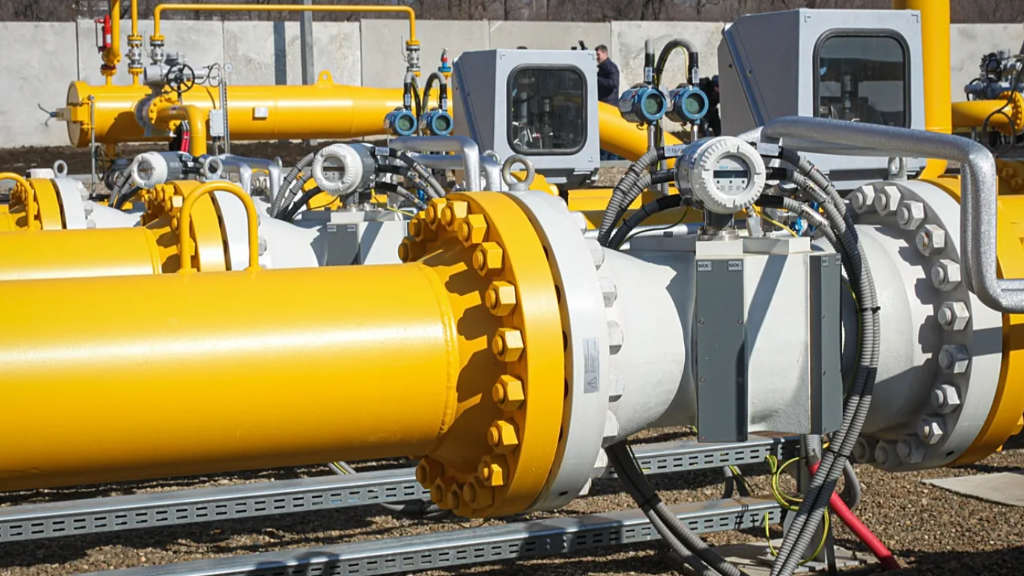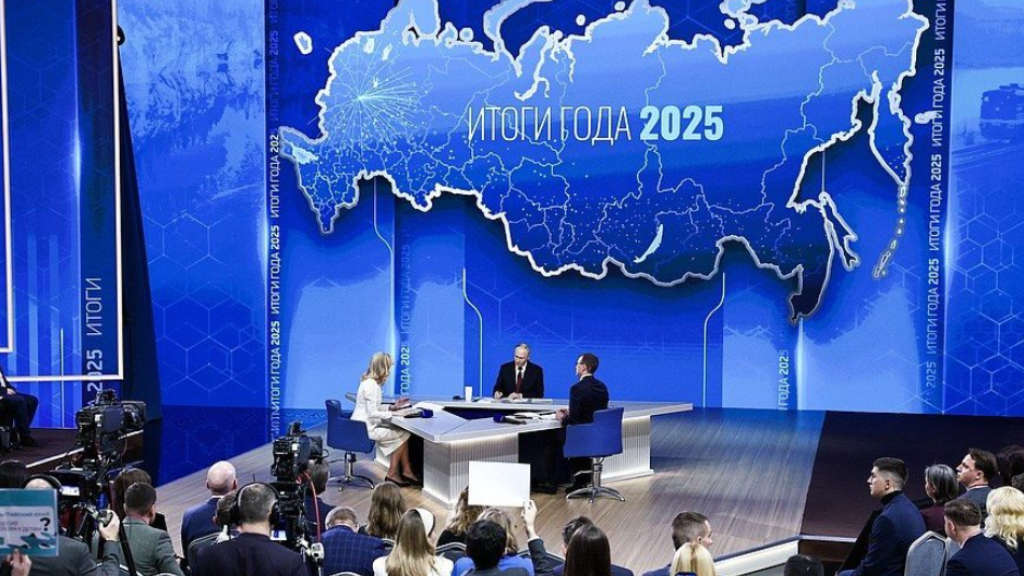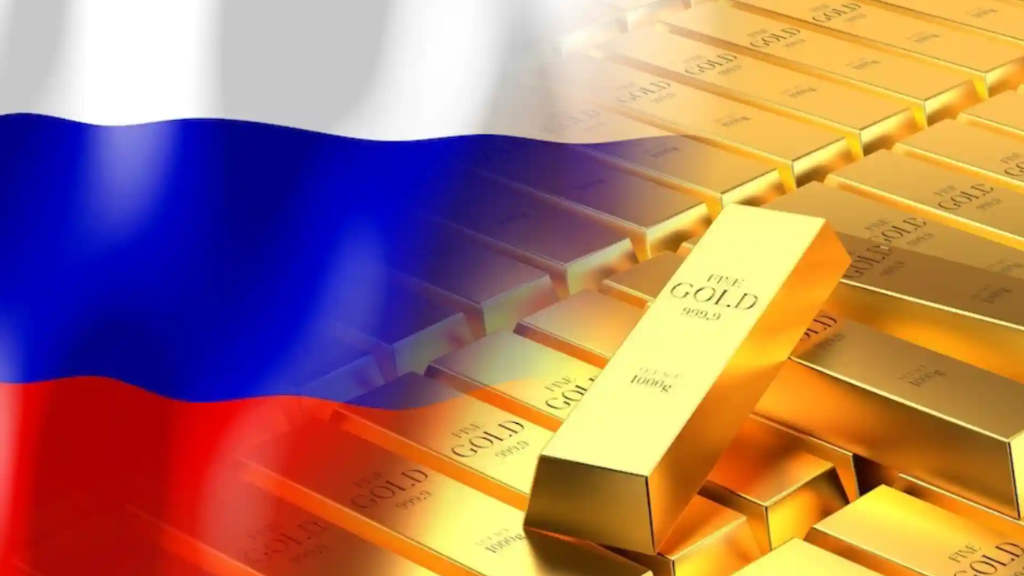Crimean producers have been having something of a banner year with sales onto the mainland Russia market, with sales of fast-moving consumer goods (FMCG) produced in the region increasing by almost 40%. Sales of Crimean wines are amongst the most popular.
According to a study by the analytical company Nielsen from February 2024 to February 2025, sales of Crimean brands on the FMCG market increased by 38%, to ₽16 billion (USD193.5 million). To compare from February 2022 to April 2023, this reached ₽8.7 billion.
Nielsen Executive Director Konstantin Loktev noted that consumers interest in Crimean goods is most pronounced in segments that are historically associated with the peninsula, for example, in the production of wine and other alcoholic beverages. According to analysts, the most noticeable growth in monetary terms was observed in Crimean vermouth (fortified wine) with growth of 397.6%, while the Russian growth for drinks produced in other regions was only 1.6%.
Sales of vodka produced in Crimea increased in monetary terms by 44.1%, brandy by 41.7%, and sparkling wines by 26.3%.
According to Alexander Stavtsev, the head of the Russian Association of Retail Market Experts, Crimea is the second region of Russia in terms of the number of brands and distribution of wine, and is second only to the Krasnodar in production, where about half of all such products are produced. According to him, the growth in the production of Crimean sparkling wine is because local winemakers began to actively develop a new category for themselves due to the greater demand for such drinks. As of the end of 2024, 32.6 million decaliters (dal) of still wines were produced on the peninsula, which is 8.6% more year-on-year, sparkling wines – 17.6 million dal (an increase of 24.7%), fortified wines – 1.1 million dal (an increase of 29.6%), according to data from the Russian Ministry of Agriculture.
Stavtsev says that the main difficulty for Crimean alcohol is its delivery through new regions to mainland Russia. Insurance rates for Crimean producers are on average higher than for producers in Krasnodar Krai.

But sales are growing not only for Crimean alcoholic products. According to Nielsen, over the year, growth in monetary sales is observed for Crimean butter and margarine – 254.7%, soft cheeses – 184.3%, energy and sports drinks – 109.1%, halva – 65%, water and carbonated drinks – by 62.7% and 60.2%, respectively. For comparison: the average growth in monetary sales in the country for butter and margarine produced in other regions of the country is only 15%, soft cheeses – 23.3%, energy and sports drinks – 33.5%, halva – 15.2%, water and carbonated drinks – 25.1% and 18.7%.
Alexey Popovichev, executive director of the Rusbrand association (which unites major manufacturers of consumer goods), notes that it is usually difficult for regional brands to break into federal retail, as this requires serious marketing investments. However, he states that “The situation with Crimea is different, since the peninsula has historically been perceived by consumers not only as a resort, but also as an ecologically clean granary, which adds to the popularity of local products.”
According to a survey conducted by Nielsen, 43% of consumers say that they try to buy Crimean and Russian products in general. This is facilitated, among other things, by the growing presence of such brands in retail chains. The growth in sales of local products was also affected by the fact that many foreign companies removed their brands from Russia or stopped promoting them. In the current conditions, consumers are losing touch with imported products.
Crimea has long been a source of wine and related products to Russia, although when it was part of Ukraine, that supply chain was interfered with when Ukraine began to create problems within the Commonwealth of Independent States (CIS) a free trade bloc that included Ukraine and that allowed Crimean products to be sold onto CIS markets, including Russia. Ukraine eventually left the CIS in 2014. Crimea subsequently immediately voted to return to Russia as the majority of its markets were in Russia and Kiev had been reluctant to provide financing or infrastructure facilities to allow Crimean products to be exported elsewhere.
Further Reading
Ten Years Of Crimea’s Integration With Russia: The Economic Development Data





